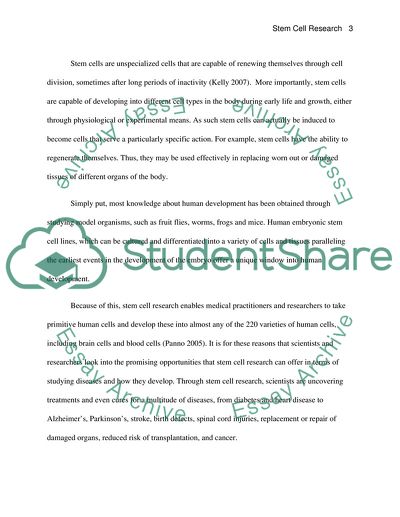Cite this document
(Ethical Considerations of Stem Cell Research Paper, n.d.)
Ethical Considerations of Stem Cell Research Paper. Retrieved from https://studentshare.org/social-science/1750402-you-have-the-title
Ethical Considerations of Stem Cell Research Paper. Retrieved from https://studentshare.org/social-science/1750402-you-have-the-title
(Ethical Considerations of Stem Cell Research Paper)
Ethical Considerations of Stem Cell Research Paper. https://studentshare.org/social-science/1750402-you-have-the-title.
Ethical Considerations of Stem Cell Research Paper. https://studentshare.org/social-science/1750402-you-have-the-title.
“Ethical Considerations of Stem Cell Research Paper”, n.d. https://studentshare.org/social-science/1750402-you-have-the-title.


